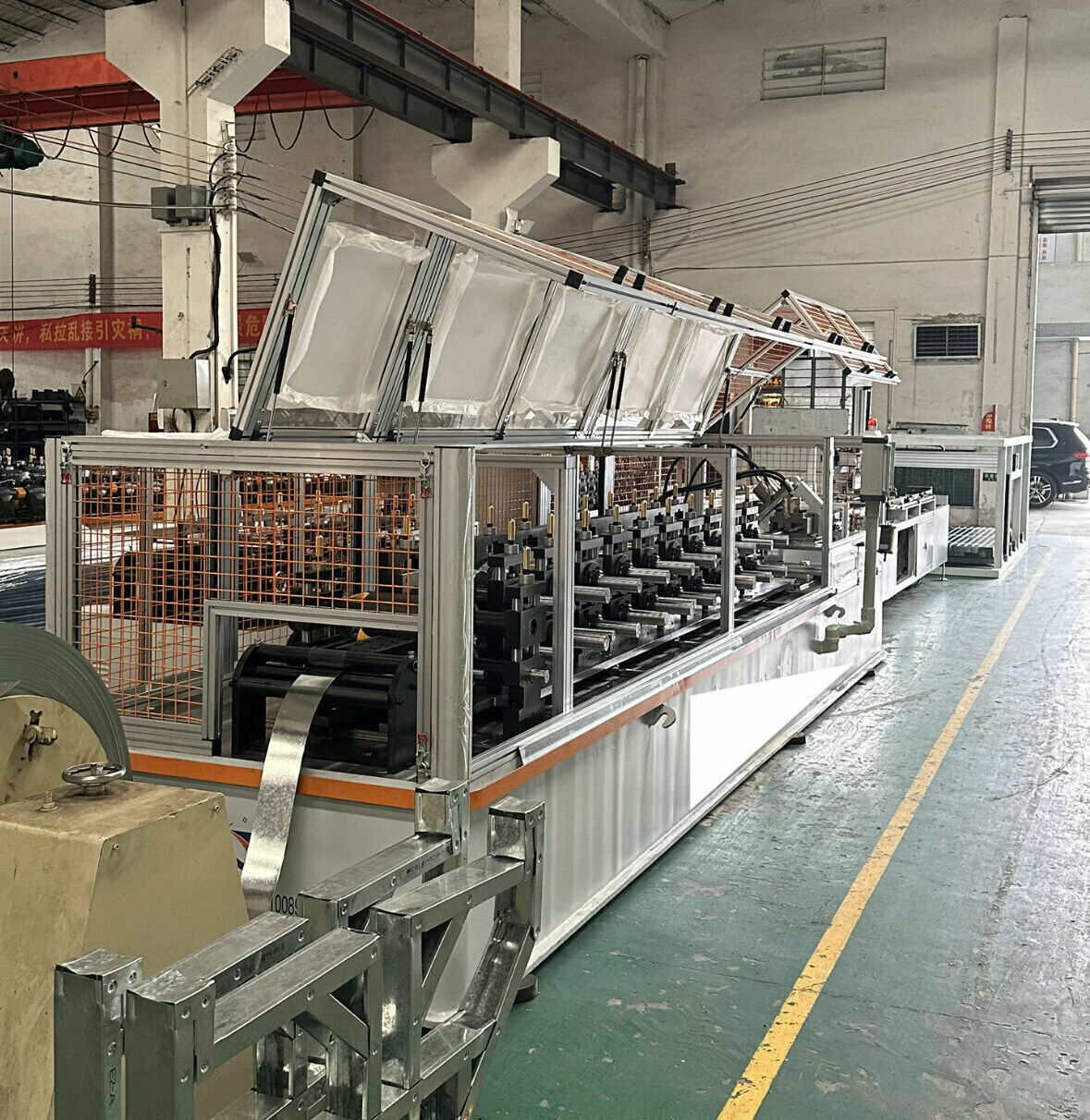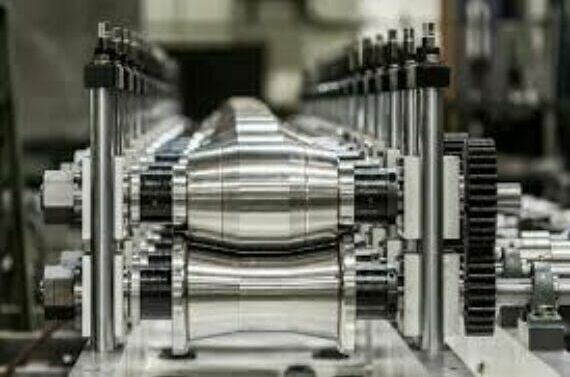
Cold roll forming
Here are the key steps involved in cold roll forming:
Posted on Thursday, January 4, 2024
Cold roll forming is a manufacturing process used to shape and form continuous strips of sheet metal or coil into various profiles and shapes. It is a versatile and efficient method for producing complex and precise shapes from materials such as steel, aluminum, and other metals. The process gets its name from the fact that it is performed at or near room temperature, unlike hot rolling which involves shaping metal while it is heated to higher temperatures.
Here are the key steps involved in cold roll forming:
Material Feeding: A continuous strip of metal coil is fed into the roll forming machine.
Pre-Cutting (Optional): In some cases, the strip may be pre-cut to a specific length before entering the roll forming machine.
Roll Forming: The heart of the process involves passing the metal strip through a series of rollers or roll stands, each with a specific contour. These rollers gradually bend and shape the metal into the desired profile or cross-section. The rollers may be arranged in sets to progressively form the shape, and they are often adjustable to achieve precise dimensions.
Post-Cutting (Optional): After the metal has been shaped into the desired profile, it can be cut to the required length using shearing or cutting devices integrated into the roll forming machine.
Other Operations (Optional): Depending on the specific requirements, additional operations such as punching holes, embossing, or adding notches can be performed in-line during the roll forming process.
Output: The finished product emerges as a continuous length of the profile, which can then be further processed, assembled, or packaged as needed.
Cold roll forming offers several advantages, including:
High Precision: It allows for the production of complex and accurate profiles with tight tolerances.
Material Efficiency: Minimal material waste compared to traditional manufacturing methods.
Cost-Effective: It can be cost-effective for large production runs due to its high speed and efficiency.
Versatility: A wide range of profiles and shapes can be produced by changing the roll tooling.
Low Energy Consumption: Since it is performed at or near room temperature, it requires less energy compared to hot rolling.
Cold roll forming is commonly used in industries such as construction (for producing steel studs, roofing panels, and structural shapes), automotive (for making automotive parts and components), and appliance manufacturing (for producing refrigerator and freezer components), among others. It's an important process in metalworking that offers significant benefits in terms of efficiency and versatility.
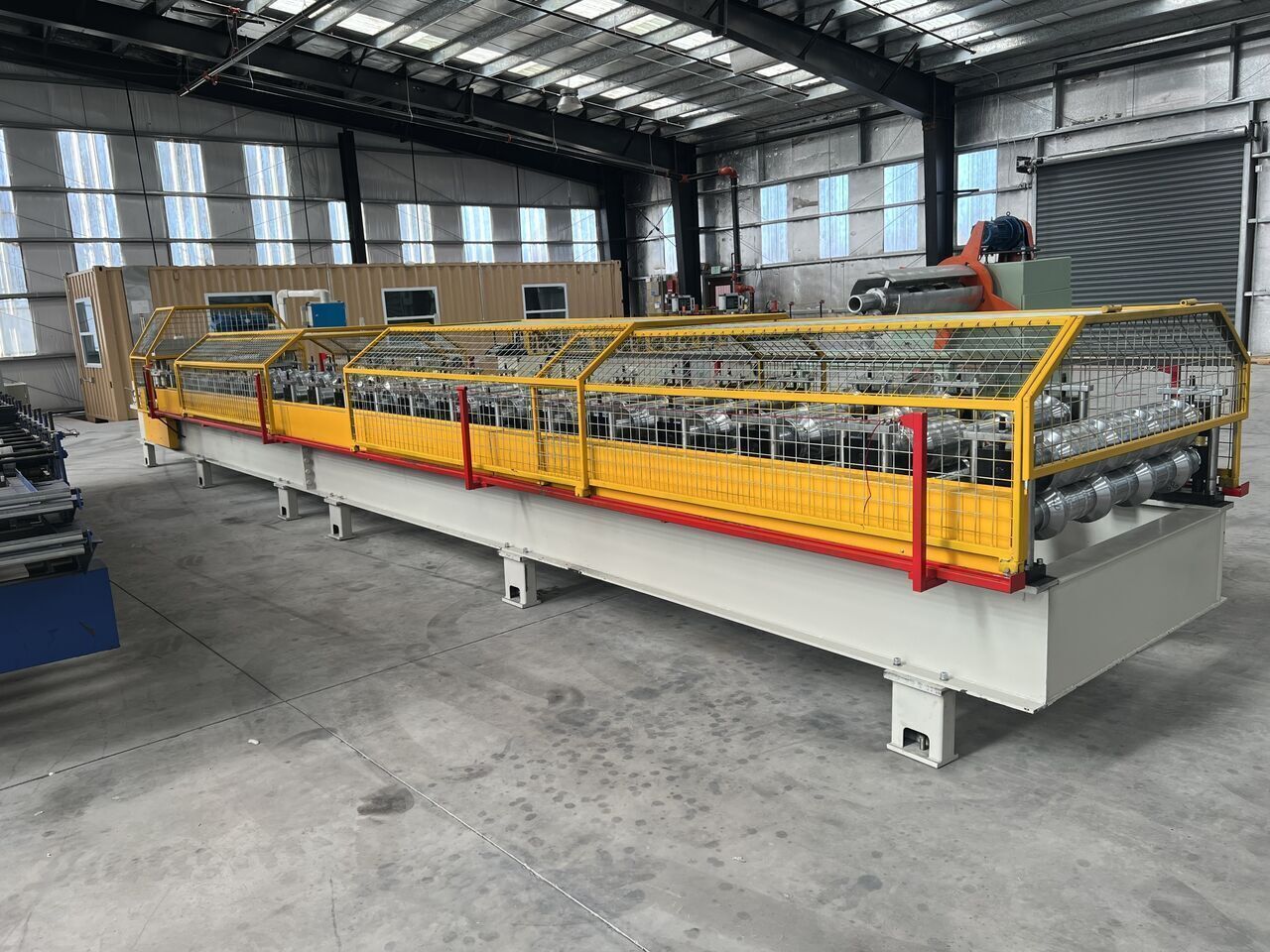
Corruagated roof sheet roll forming machine
Posted on Wednesday, January 31, 2024
Here's how a typical corrugated roof sheet roll forming machine works:
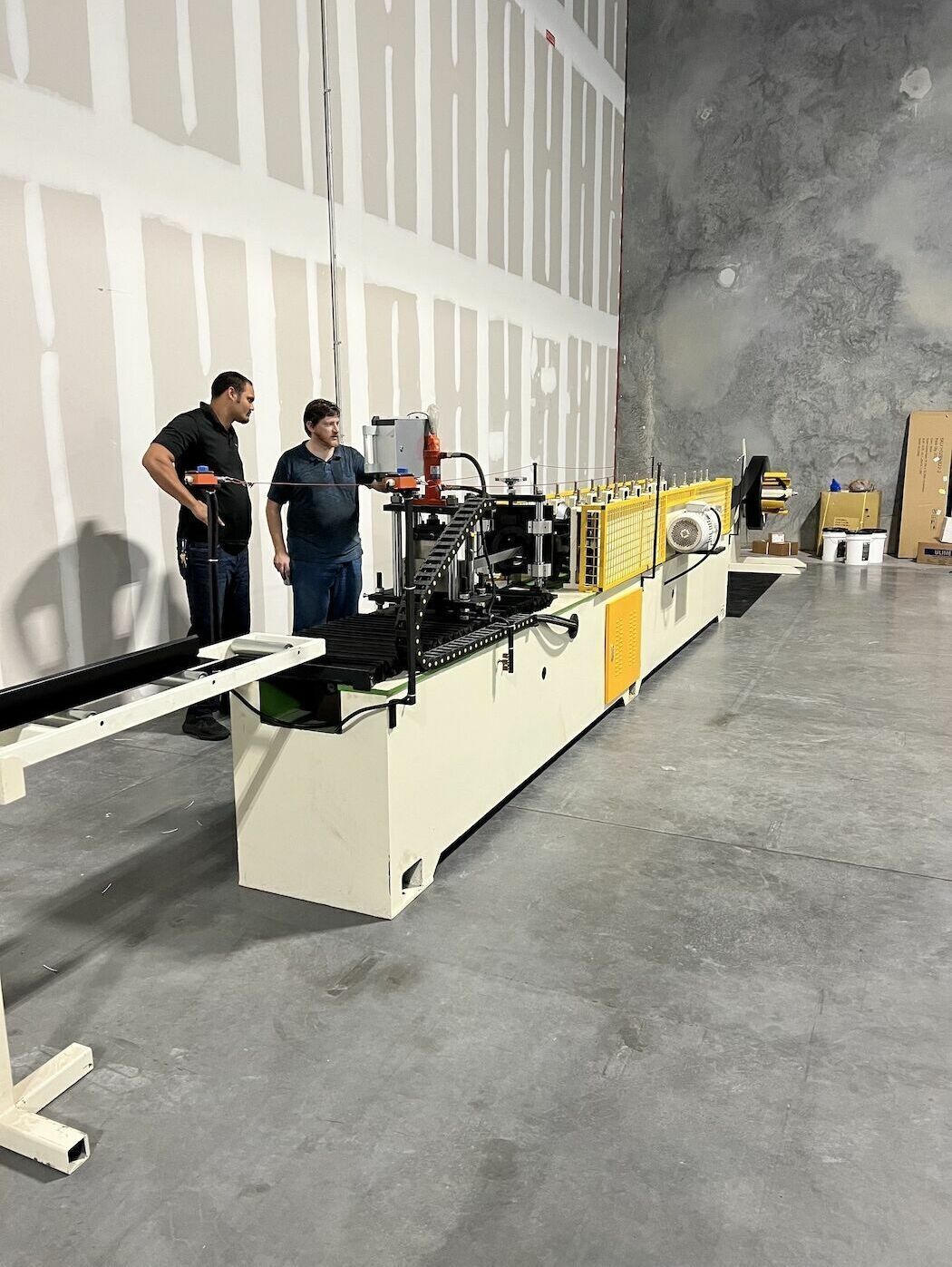
Ceiling T bar roll forming machine
Posted on Wednesday, January 31, 2024
Ceiling T bar roll forming machine
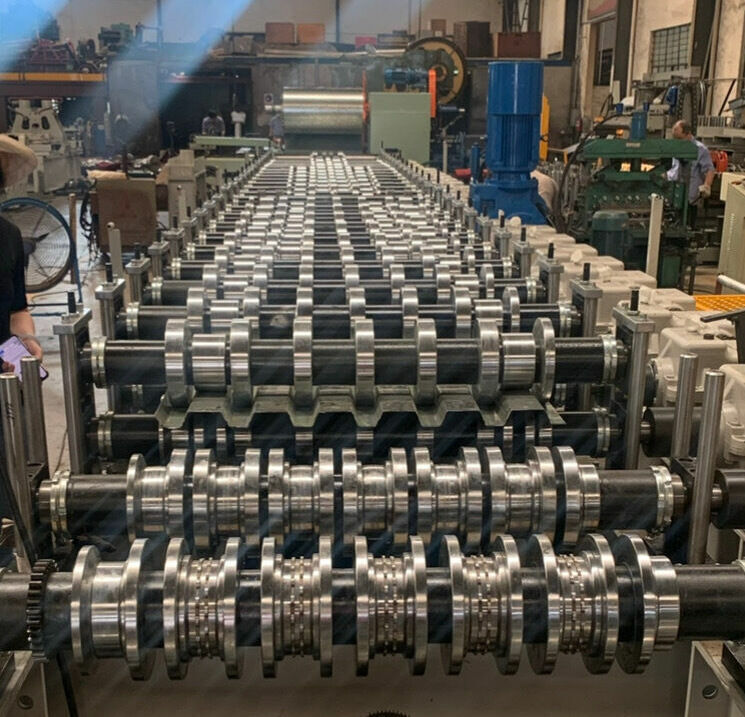
Cladding Roll Forming Machines
Posted on Saturday, January 6, 2024
What is a cladding Roll Forming Machine?
